What is the difference between the magnetic fields of induction motors and permanent magnet motors?
Asynchronous motors rely entirely on electromagnetic induction to generate their magnetic field: three-phase AC current flows through the stator windings, generating a symmetrically rotating "active magnetic field." The rotor magnetic field is induced, its magnitude and direction determined by the slip between the stator and rotor. The magnetic field of a permanent magnet motor is composed of permanent magnets and electromagnetic windings. The rotor magnetic field, originating from embedded permanent magnets, is a "constant magnetic field ." Its strength is determined by the material and is not directly controlled by external current. The stator magnetic field, also a rotating magnetic field generated by AC current, interacts with the rotor's permanent magnet field to drive rotation.
In terms of characteristic parameters , the stator magnetic field of the asynchronous motor can be adjusted by current, and the rotor magnetic field can be indirectly controlled, and the overall adjustment is flexible; the stator magnetic field of the permanent magnet motor is adjustable, but the rotor magnetic field cannot be adjusted due to the characteristics of the permanent magnet, and the total adjustment range is limited.
In terms of stability, the rotor magnetic field of the asynchronous motor is affected by the slip rate and current fluctuations, and has poor stability; the rotor magnetic field of the permanent magnet motor is theoretically stable, but may attenuate due to the influence of temperature and external strong magnetic fields, and its stability depends on the permanent magnet material.
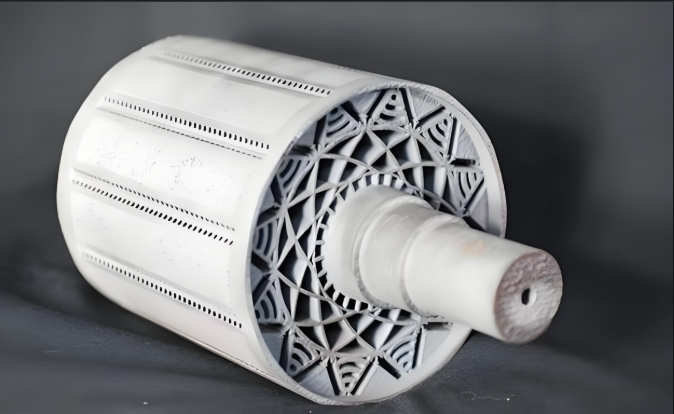
In terms of speed relationship, there is a difference in the speed of the stator and rotor of the asynchronous motor (rotor lag), which is "asynchronous"; the speed of the stator and rotor of the permanent magnet motor is strictly equal, which is "synchronous".
The two differ in their torque generation mechanisms, with regard to magnetic field interaction and energy loss. Asynchronous motors rely on electromagnetic induction, essentially the force exerted on a current-carrying conductor in a magnetic field. Permanent magnet motors, on the other hand, rely on magnetic field coupling, essentially the interaction between magnetic fields. Without rotor induced current, there is no rotor copper loss. The stator current only needs to provide the energy for driving torque, resulting in higher efficiency, especially at light loads.
In terms of application, asynchronous motors are often used in scenarios with low efficiency requirements due to their simple structure, low cost, and resistance to harsh environments; permanent magnet motors are often used in scenarios with high energy efficiency and performance requirements due to their high efficiency, high speed regulation accuracy, and high power density.



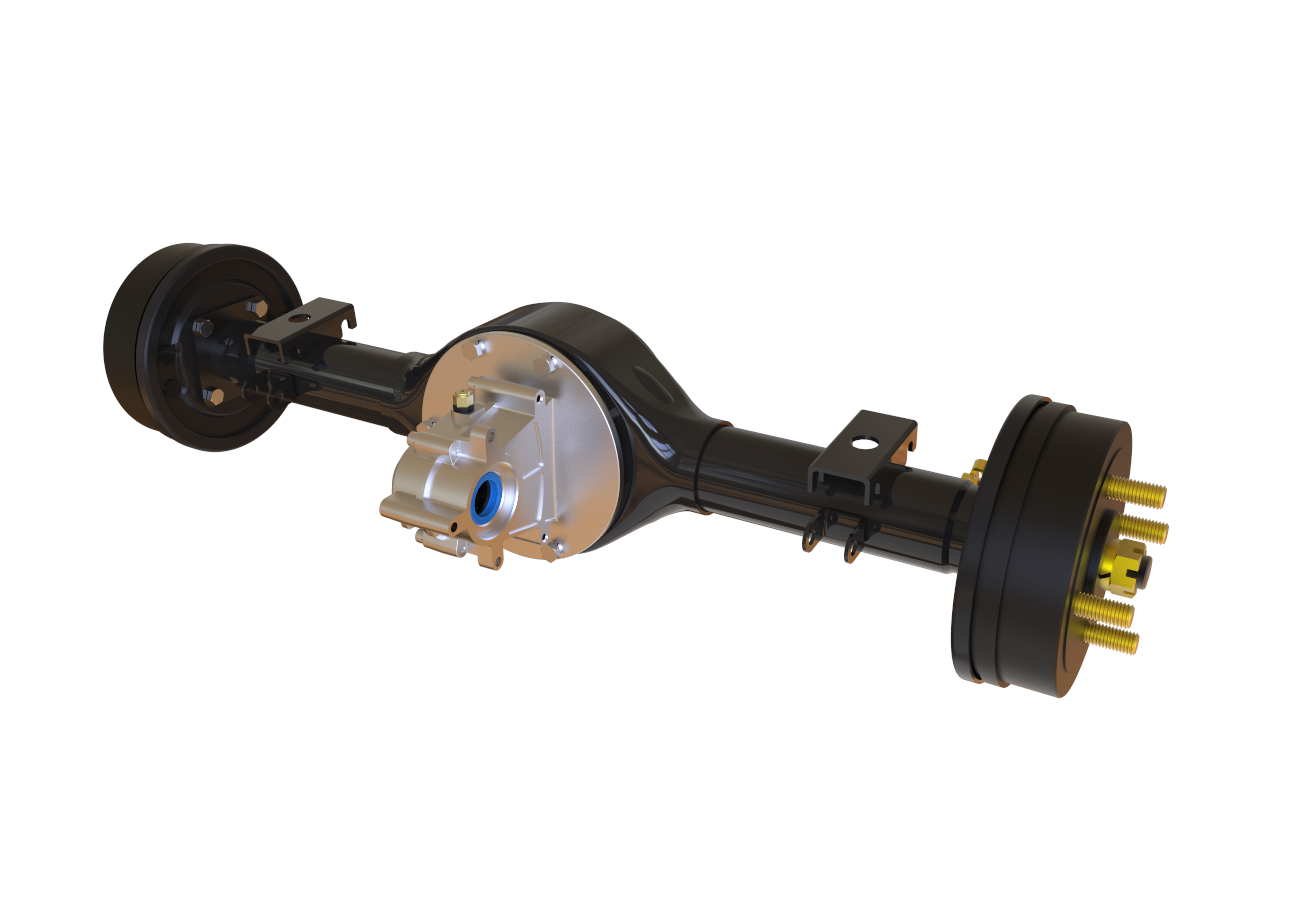
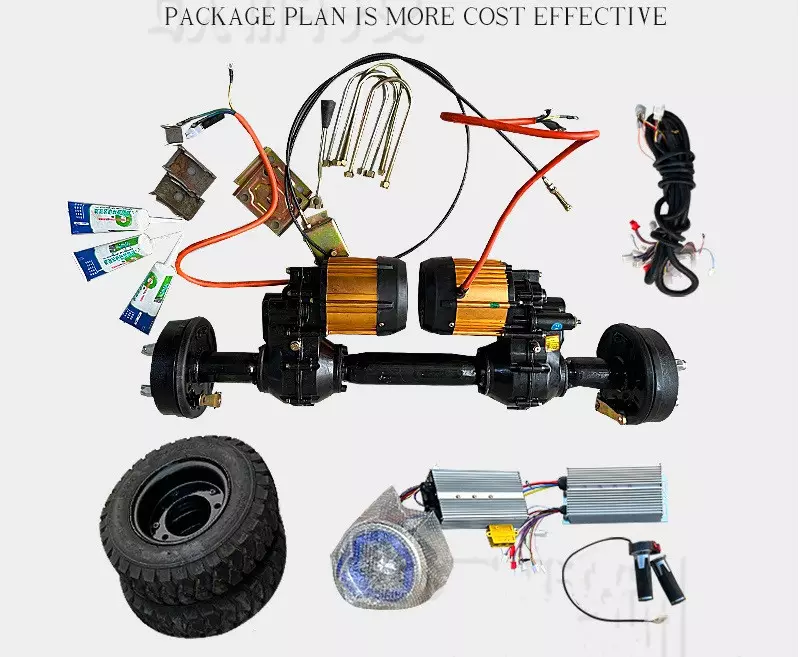

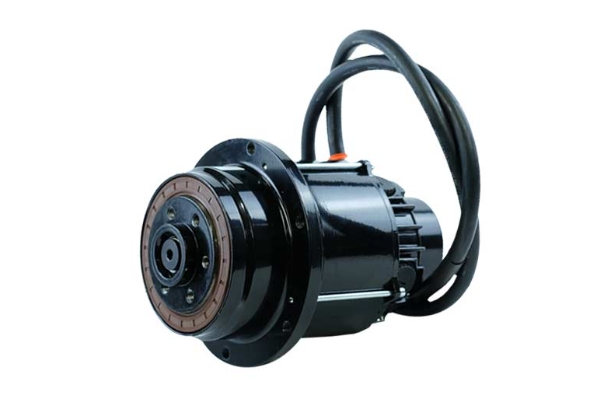
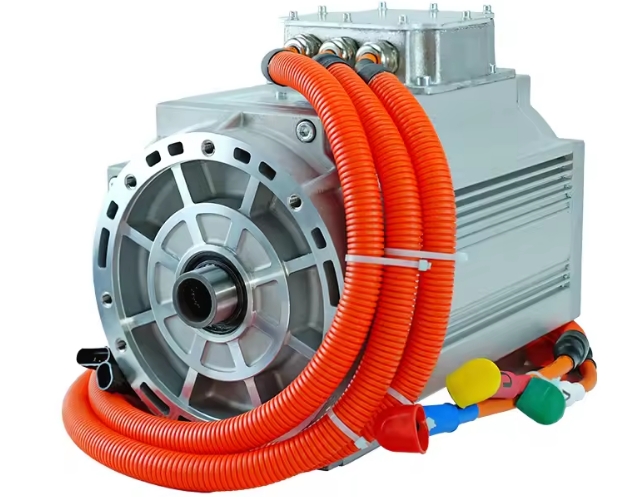
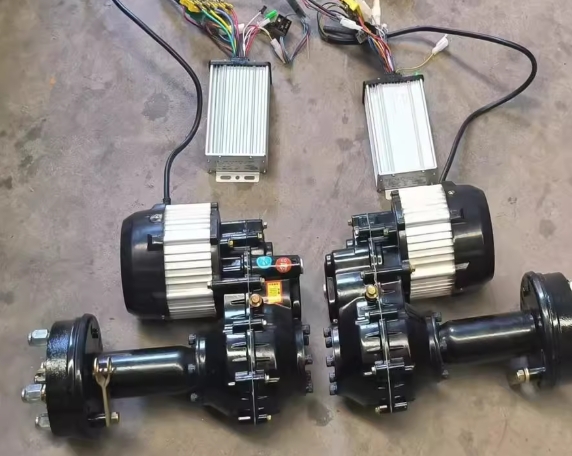
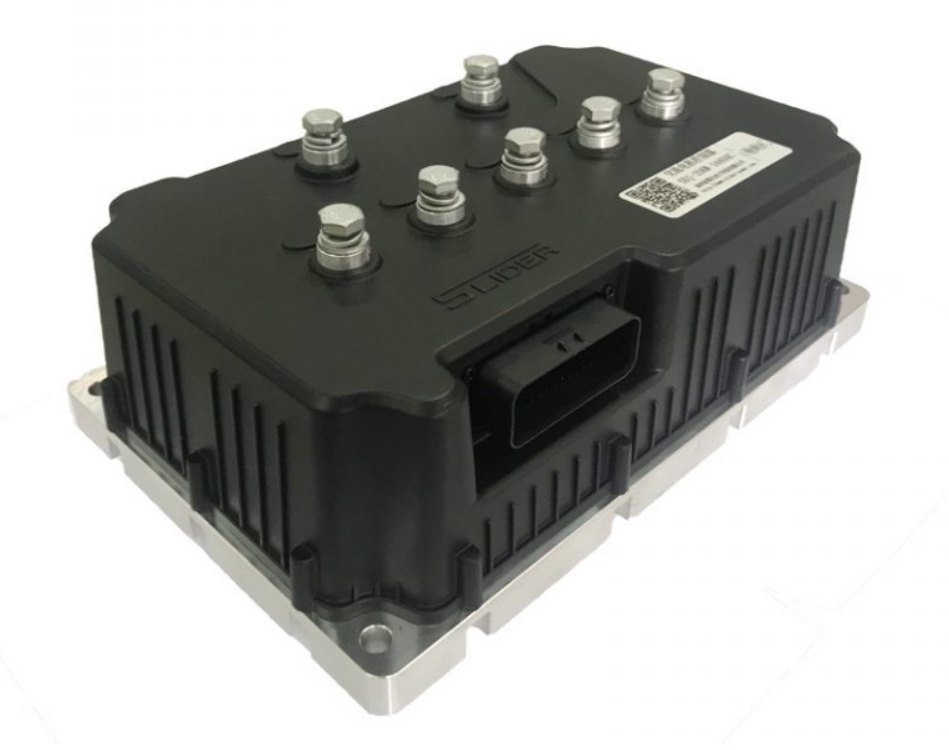

















 XINDA
XINDA